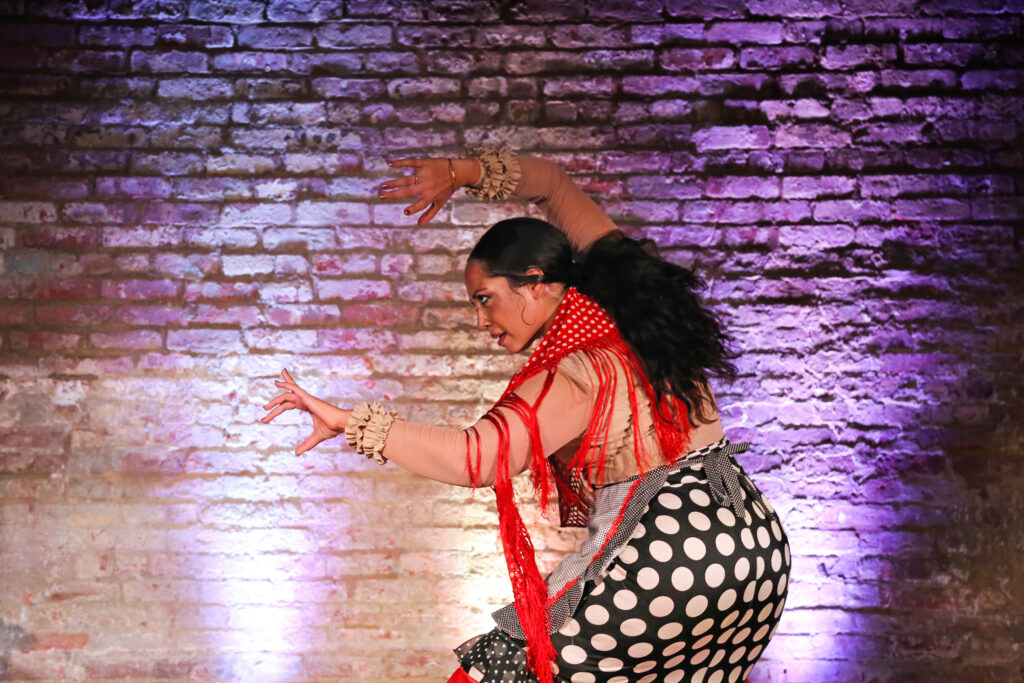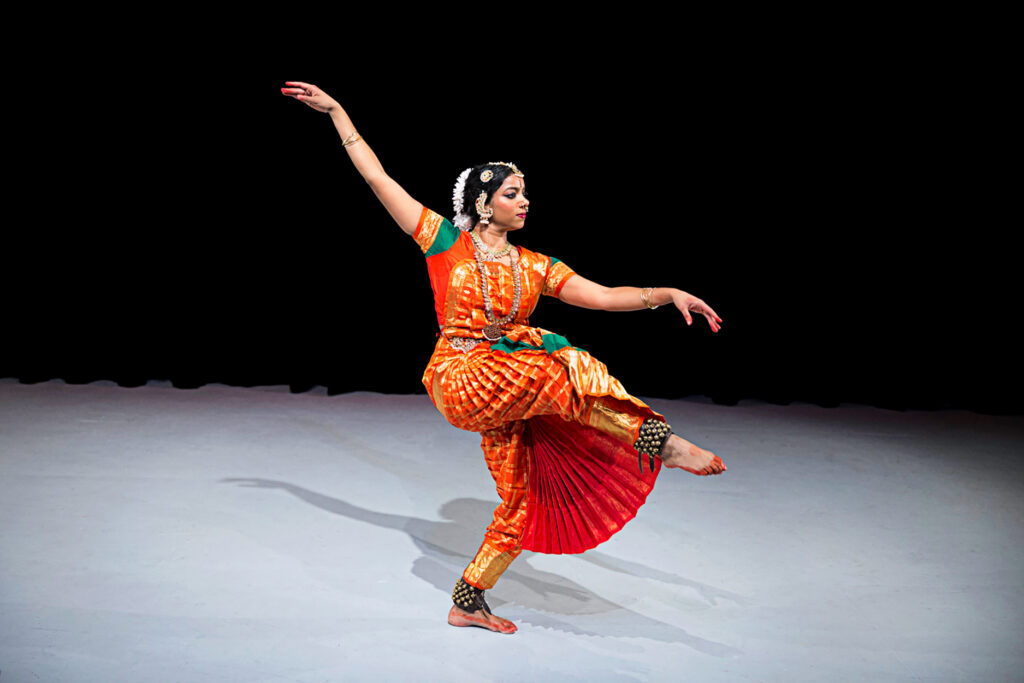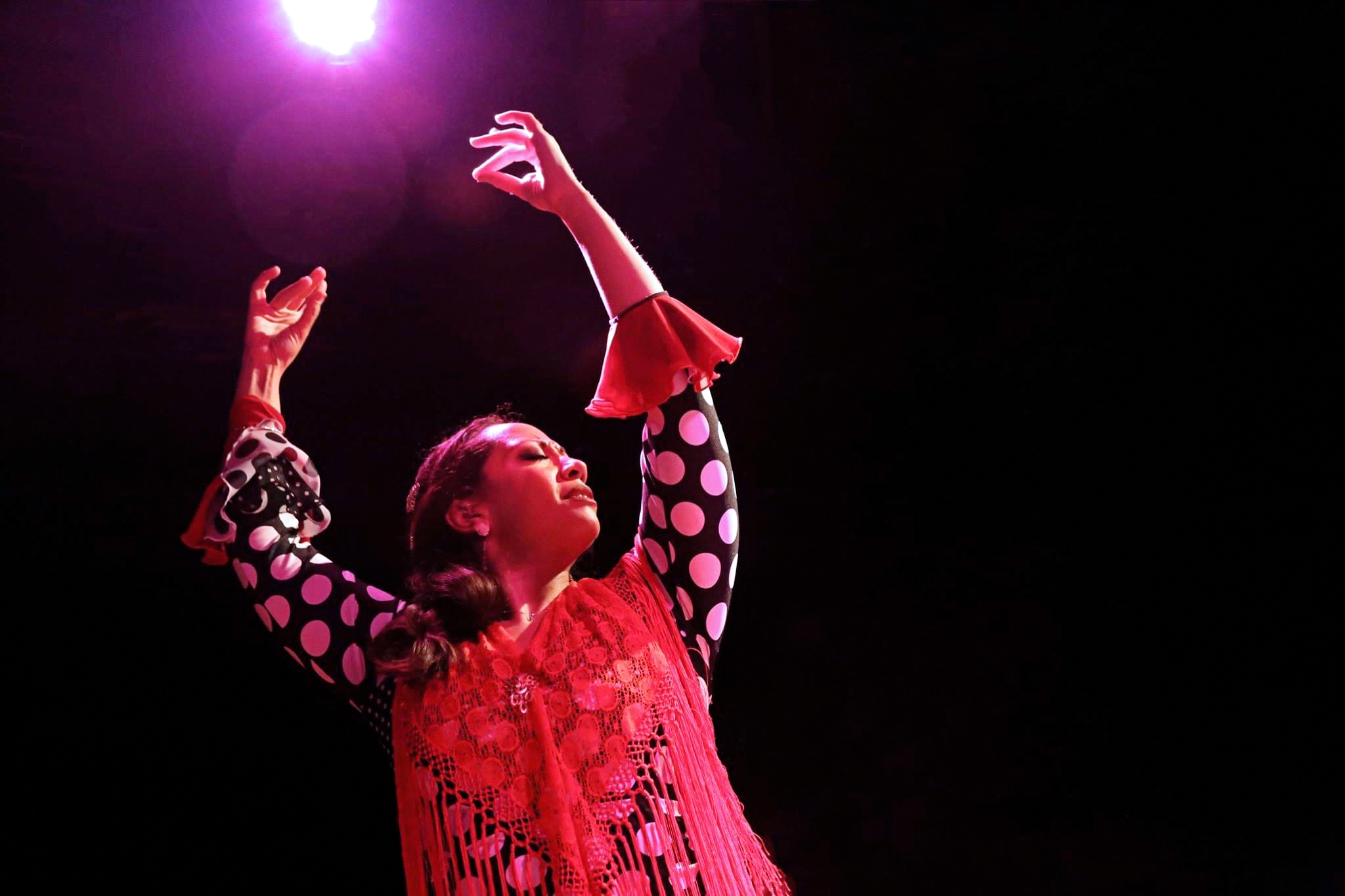How Using Hand and Finger Articulation Can Enhance Expressivity
Bharatanatyam dancers are known for their ability to imbue small movements with giant meaning. A pointed turn of the head, shift of the gaze, or movement of the hands and fingers can move the choreography forward or reveal the nuances of a specific character.
“The moment you walk on the dance floor, you are learning how to articulate your fingers,” says Sahasra Sambamoorthi, a bharatanatyam dancer and teacher based in New York City. She says other styles of classical Indian dance—like Odissi, kathak, and Kuchipudi—place a similar emphasis on the hands and fingers.
Even though hand and finger articulation is central to these styles, it’s an important element to consider no matter which dance forms you specialize in. Cultivating dexterity in your digits—and harnessing the choreographic meaning it can instill—can benefit dancers of all styles and genres.
Stretch and Condition
A targeted warm-up routine can help create the right foundation for hand and finger articulation. Xianix Barrera, a Bessie-nominated flamenco dancer and the founder of Xianix Barrera Flamenco Company, suggests adding a few movements to your existing pre-class or performance regimen to get the blood flowing in your smaller extremities. Start by rolling out your wrists, both towards and away from your body. Then, bend at the wrist so your flat hand is alternately positioned towards and away from your body, in an L shape. “If you’re doing the circular motion, you can feel it in your forearms,” Barrera explains. “You’re using those muscles you’ve probably never used before.”
Follow the wrist movements with a finger isolation exercise. Barrera recommends closing each finger into the palm individually, then opening each digit back up. Sambamoorthi also encourages dancers to improvise and explore the variety of shapes their fingers can make—and the ways these movements awaken different muscles in their arms and torsos.

Shift Your Focus
It can be easy to focus on only the big movements in a piece of choreography, letting the smaller elements—and smaller body parts—take less of a priority. And, while some styles place a great deal of emphasis on finger and hand motions, others might save these details until it’s performance time. For dancers who are less experienced with finger and hand movements, developing this skill might be a matter of honing focus and thought patterns. “I think it’s really just a matter of never not thinking about it,” Sambamoorthi says. “It can’t just be an afterthought.”
Think of your hands and fingers as important parts of a larger whole, Barrera adds. “As dancers, we use our bodies; we are nonverbal communicators,” she explains. “With your hand, that’s just an extension of it in smaller detail.”
Visualization can also be a helpful tool to integrate hand and finger movements with storytelling in a piece of choreography. Sambamoorthi says that dancers can use their gaze to help visualize the elements of the choreography they are trying to convey with their hands. Using visualization to place yourself within the story can help connect you with these gestures and encourage exploration of artistry. “So if I’m trying to show a tree, what do I want to show?” she asks. “Do I want to show you that the tree is very big and large? In that case, will I show you the trunk of the tree and the length using the fingers to point up and down?”

Showing Personality
Practicing precise hand and finger articulation can bolster your artistry and become part of the unique way a dancer interprets a role onstage. In flamenco, the movements of the hands and fingers help performers to develop a signature, Barrera says. “It’s a trademark. Your hands can be like a fingerprint,” she explains.
As a way to explore different ways to use the hands and fingers to develop personality in a role, Sambamoorthi recommends talking about the dance. Tell the story or describe the choreography and watch the ways your hands and fingers naturally move. “From there, you get the inklings of what you would naturally do, and then you can start to articulate that more,” she says.





